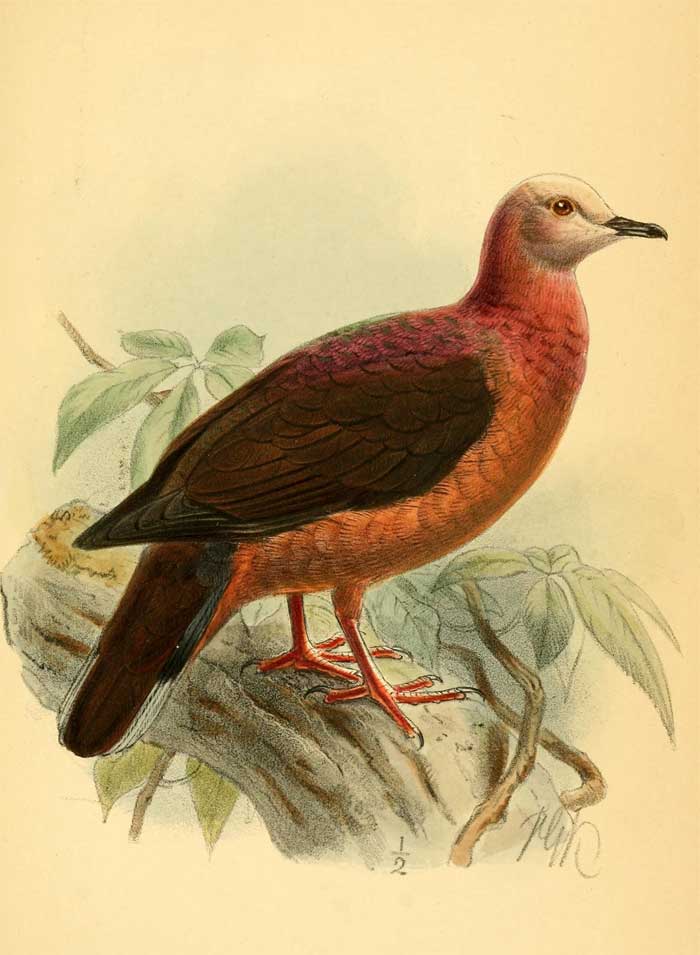
Superregnum: Eukaryota
Cladus: Unikonta
Cladus: Opisthokonta
Cladus: Holozoa
Regnum: Animalia
Subregnum: Eumetazoa
Cladus: Bilateria
Cladus: Nephrozoa
Superphylum: Deuterostomia
Phylum: Chordata
Subphylum: Vertebrata
Infraphylum: Gnathostomata
Megaclassis: Osteichthyes
Cladus: Sarcopterygii
Cladus: Rhipidistia
Cladus: Tetrapodomorpha
Cladus: Eotetrapodiformes
Cladus: Elpistostegalia
Superclassis: Tetrapoda
Cladus: Reptiliomorpha
Cladus: Amniota
Classis: Reptilia
Cladus: Eureptilia
Cladus: Romeriida
Subclassis: Diapsida
Cladus: Sauria
Infraclassis: Archosauromorpha
Cladus: Crurotarsi
Divisio: Archosauria
Cladus: Avemetatarsalia
Cladus: Ornithodira
Subtaxon: Dinosauromorpha
Cladus: Dinosauriformes
Cladus: Dracohors
Cladus: Dinosauria
Ordo: Saurischia
Cladus: Eusaurischia
Subordo: Theropoda
Cladus: Neotheropoda
Cladus: Averostra
Cladus: Tetanurae
Cladus: Avetheropoda
Cladus: Coelurosauria
Cladus: Tyrannoraptora
Cladus: Maniraptoromorpha
Cladus: Maniraptoriformes
Cladus: Maniraptora
Cladus: Pennaraptora
Cladus: Paraves
Cladus: Eumaniraptora
Cladus: Avialae
Infraclassis: Aves
Cladus: Euavialae
Cladus: Avebrevicauda
Cladus: Pygostylia
Cladus: Ornithothoraces
Cladus: Ornithuromorpha
Cladus: Carinatae
Parvclassis: Neornithes
Cohors: Neognathae
Cladus: Neoaves
Cladus: Columbimorphae
Ordo: Columbiformes
Familia: Columbidae
Subfamilia: Columbinae
Genus: Columba
Species: Columba larvata
Subspecies: C. l. bronzina – C. l. inornata – C. l. jacksoni – C. l. larvata – C. l. principalis – C. l. samaliyae – C. l. simplex
Name
Columba larvata Temminck, 1809
Synonymy
Aplopelia larvata
References
Les Pigeons, par Madame Knip, née Pauline de Courcelles, gravées, imprimées et retouchées sous sa direction: 71, pl.31.
Vernacular names
Afrikaans: Kaneelduif
čeština: Holub narůžovělý
Deutsch: Zimttaube
English: Lemon Dove
español: Paloma caripálida
suomi: Luumukyyhky
français: Pigeon à masque blanc
magyar: Afrikai citromgalamb
Nederlands: Kaneeltortel
norsk: Trolldue
پنجابی: نمبو کگی
svenska: Citronduva
The lemon dove or cinnamon dove (Columba larvata) is a species of bird in the pigeon family Columbidae found in montane forests of sub-Saharan Africa. The São Tomé lemon dove is usually treated as a subspecies. The lemon dove has a generally brownish-grey plumage with a cinnamon brown breast. Males have a greenish-glossed neck and white markings on the head, and females and juveniles are rather more brown and have grey facial markings. This dove is a common species, and the International Union for Conservation of Nature has rated its conservation status as being of "least concern".
Taxonomy
It differs from the other African pigeons of the genus Columba by its terrestrial habits and the white face and forehead of adult males; it is therefore sometimes separated in the genus Aplopelia.[2] Some treat the Gulf of Guinea populations (São Tomé lemon-dove) as a separate species C. simplex (or A. simplex), others as subspecies of C. larvata. In the latter case, the species as a whole may be called simply lemon-dove, and if Aplopelia is considered a valid genus it would then be monotypic.[3]
Description
At Birds of Eden aviary
The lemon dove is fairly small, measuring 24–30 cm (9.4–11.8 in) in length and weighing 81.7–150 g (2.88–5.29 oz).[4] Adult males have a plumage that is dark brown above, glossed green on sides of neck, and cinnamon brown below. As noted, they have conspicuous white face markings. The feet, iris and orbital skin are red, the bill is black. Females and young males are generally similar, with a lighter brown plumage and dull grey facial markings. The males of western African subspecies have a dark grey plumage.[3]
Distribution
The lemon dove has a very wide range and is distributed in montane forests in sub-Saharan Africa, ranging for example from some 100 to 3,000 metres (330 to 9,840 ft) ASL in eastern Africa. The diet consists mainly of various small fruits, seeds, molluscs and insects. The female usually lays two creamy white eggs.[5]
Status
Widespread throughout its range, the population trend of the lemon dove is stable and the bird is evaluated as a species of least concern on the IUCN Red List of Threatened Species.[1] Nonetheless, it seems to be declining in certain parts of its range; in Tanzania for example it is not rare above 1,300 metres (4,300 ft) ASL in the Nguu North Forest Reserve, but not at all common in some lower-lying habitat. It is nearly absent from the southeast of that country.[6]
References
BirdLife International (2012). "Aplopelia larvata". IUCN Red List of Threatened Species. 2012. Retrieved 26 November 2013.
E.g. BLI (2008)
Sinclair et al. (2002)
CRC Handbook of Avian Body Masses by John B. Dunning Jr. (Editor). CRC Press (1992), ISBN 978-0-8493-4258-5.
Sinclair et al. (2002), Jensen et al. (2005)
Seddon et al. (1999), Jensen et al. (2005), BLI (2008)
Sources
Jensen, Flemming P.; Tøttrup, Anders P. & Christensen, Kim D. (2005): The avifauna of coastal forests in southeast Tanzania. Scopus 25: 1-22. PDF fulltext
Seddon, N.; Ekstrom, J.M.M.; Capper, D.R.; Isherwood, I.S.; Muna, R.; Pople, R.G.; Tarimo & Timothy, E.J. (1999): The importance of the Nilo and Nguu North Forest Reserves for the conservation of montane forest birds in Tanzania. Biological Conservation 87(1): 59–72. doi:10.1016/S0006-3207(98)00041-X PDF fulltext
Sinclair, Ian; Hockey, Phil & Tarboton, Warwick R. (2002): SASOL Birds of Southern Africa. Struik, Cape Town ISBN 1-86872-721-1
Retrieved from "http://en.wikipedia.org/"
All text is available under the terms of the GNU Free Documentation License

